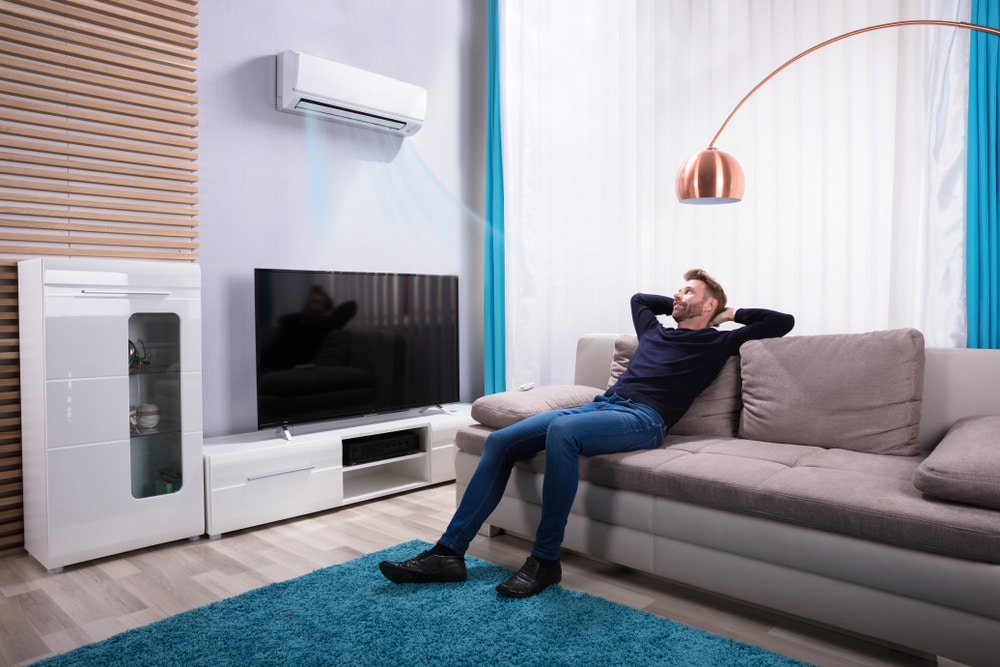As we get nearer to the third decade of the millennium, it may be time to see if you need to replace your old AC system with a new model. If you have not replaced your AC system recently, especially if you purchased your system before 2010, there are many benefits to having professionals install a more modern system. Newer AC systems have a lower impact on the ozone layer since they use R-410A, a benign refrigerant, as opposed to the now-banned R-22 variety, and they have higher efficiency rates than older systems, just to name a few.
But what makes a newer AC system more efficient? When that question is asked, the most common answer is to look at the unit’s Seasonal Energy Efficiency Ratio (SEER). If a unit has a higher SEER than another, then it is usually accepted that the higher-rated unit is the most efficient. However, this answer is more like an outline heading without the bullet points below – it is true, but it isn’t the full truth.
In this article, we at Carini intend to provide those bullet points and inform you of another factor, exclusive from SEER, that can have an even more significant impact on the efficiency for your AC unit and your monthly energy bills.
SEER: The Bullet Points
- The Seasonal Energy Efficiency Ratio is certainly a strong indicator of an air conditioner’s efficiency, as it measures the unit’s cooling output against its electricity usage throughout an average cooling season, providing a number that homeowners have used in the past (and present) as the be-all end-all of efficiency measurements. Unfortunately, this is not the whole story.
- SEER is more like your car’s initial miles-per-gallon (MPG) figure, which measures the car’s gas efficiency under ideal circumstances. Unfortunately, ideal circumstances are difficult to come by, considering they would most likely include a perfectly straight road with perfectly flat terrain on a mild, sunny day and a driver with the mastery of gentle, perfectly-timed acceleration.
- The same goes for the SEER of an AC unit. SEER is the highest potential efficiency of the unit under ideal circumstances. The ratio is merely the peak efficiency rate achieved only if outside temperatures rarely change, the ductwork is sealed unerringly, and the unit size is perfect for the size of the home. Essentially, SEER is the numerical value attached to what the unit can do, not what it always will do.
The Other Factor: Modulation
Imagine: you’ve just bought this new car with excellent mileage (let’s say, 45 MPG). But you begin to notice that you get 39 MPG driving in town and 42 MPG on the highway, sometimes reaching peak efficiency, but those instances are too few. This is probably because you may push the pedal to the metal to get up to speed after each traffic light and each deceleration at curves in the road. Ideal circumstances: eat your dust!
Now, look at a standard AC unit. The same thing applies. Regardless of the unit’s highly efficient SEER, when the indoor temperature rises above the set temperature, the unit will burn rubber to drive the heat back down before turning off again, remaining dormant until the temperature dares to change. But variable-speed and two-stage AC units currently available for home installation provide your system with an ideal driver, taking full-blast down a notch and modulating air flow.
Watch the slideshow video below for a little more information on modulating air conditioners.
When you are considering a new AC system installation, it is essential to look at the unit’s SEER. However, investing in a variable-speed (or even a two-stage) air conditioner with a good SEER, could effectively cool your home and save you more money in the long run.
If you are interested in replacing your old unit with a more efficient option, give Carini a call today for a professional opinion and an expert variable-speed AC system installation!

